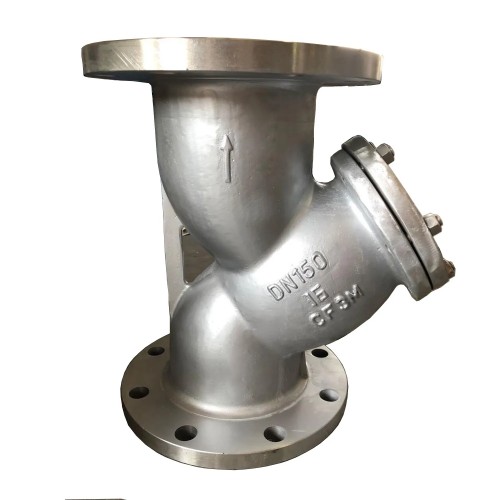Understanding Limit Switches for Butterfly Valves in Fluid Control Applications
Understanding Butterfly Valve Limit Switches A Comprehensive Guide
Butterfly valves are essential components in various industrial applications, used for regulating flow in piping systems. They operate using a rotating disc that allows for precise control of fluid movement. To enhance their functionality, especially in automated systems, butterfly valves often incorporate limit switches. This article explores the importance, types, and applications of limit switches in butterfly valves.
What is a Limit Switch?
A limit switch is an electromechanical device that provides feedback about the position of a valve or other mechanical components. In the context of a butterfly valve, limit switches indicate whether the valve is fully open, fully closed, or somewhere in between. They play a critical role in automation, helping to ensure safe and efficient operation of industrial processes.
Importance of Limit Switches in Butterfly Valves
1. Position Feedback Limit switches provide real-time feedback regarding the valve's position. This feedback is vital for control systems, allowing operators to monitor and adjust the flow as needed. It ensures that systems can respond promptly to changes in demand or operational conditions.
2. Safety Limit switches enhance safety by providing fail-safe mechanisms. In the event of a malfunction or unexpected condition, the limit switch can trigger alarms or shut down systems to prevent accidents or equipment damage.
3. Automation Compatibility In today’s industrial landscape, automation is key. Limit switches enable butterfly valves to be integrated into automated systems where they can work in conjunction with sensors, controllers, and actuators. This integration allows for more efficient processes and reduces the need for manual intervention.
4. Precision Control The ability to precisely monitor the position of the valve leads to improved process control. Operators can maintain optimal flow rates and prevent over-pressurization or cavitation in systems, ultimately enhancing product quality and operational efficiency.
Types of Limit Switches
Limit switches come in various types, each suitable for different applications and environments. Understanding these types helps in selecting the right one for specific needs
butterfly valve limit switch

1. Mechanical Limit Switches These switches use physical contact to indicate the position of the valve. When the valve reaches a predetermined position, the switch is activated. While simple and reliable, they may require regular maintenance due to wear and tear.
2. Proximity Limit Switches These switches detect valve positions without direct contact, using magnetic or inductive sensing. They are more durable and require less maintenance compared to mechanical switches, making them suitable for harsh environments.
3. Electronic Limit Switches These advanced limit switches utilize electronic sensors and provide precise and accurate signaling. They often come with additional features, such as adjustable sensitivity and integrated diagnostic functions, making them ideal for complex automation systems.
Applications of Butterfly Valve Limit Switches
Butterfly valve limit switches find applications across numerous industries, including
- Water and Wastewater Treatment In these facilities, controlling the flow of liquids is crucial. Limit switches help in the precise regulation of flow rates and levels, ensuring efficient operation of treatment processes.
- Oil and Gas In the oil and gas industry, butterfly valves are used for controlling the flow of crude oil, natural gas, and refined products. Limit switches enhance the automation and safety of these critical operations.
- Food and Beverage In this sector, hygiene and precise control over ingredients are paramount. Limit switches in butterfly valves help maintain product quality and consistency.
- Chemical Processing The chemical industry uses butterfly valves for handling corrosive and hazardous materials. Limit switches help ensure that processes are conducted safely and effectively.
Conclusion
Butterfly valve limit switches are vital components in modern industrial systems, providing essential feedback, enhancing safety, and enabling automation. By understanding their types and applications, industries can select the appropriate limit switches to optimize their operations. The integration of limit switches with butterfly valves not only improves control but also secures process integrity, making them indispensable in numerous applications. As industries continue to evolve, the importance and functionality of limit switches will undoubtedly expand, contributing to more efficient and safer operations.
-
The Key to Fluid Control: Exploring the Advantages of Ball Valves in Industrial SystemsNewsJul.09,2025
-
The Versatile World of 1, 2, and 3 Piece Ball ValvesNewsJul.09,2025
-
Stainless Steel Ball Valves: The Ideal Choice for Efficient Flow ControlNewsJul.09,2025
-
Optimizing Fluid Control with Ball Float ValvesNewsJul.09,2025
-
Manual Gate Valves: Essential for Control and EfficiencyNewsJul.09,2025
-
Everything You Need to Know About Butterfly ValvesNewsJul.09,2025
-
The Versatility of Wafer Type Butterfly ValvesNewsJul.08,2025




